Introduction:
Like a speck floating on the infinite black canvas of space. The International Space Station (ISS) is not just a scientific laboratory. It is also a shining symbol of our collective aspirations, cooperation and indomitable curiosity on Earth. It has been orbiting our planet for more than two decades, an incredible feat of mankind’s engineering prowess. But with time, this astronaut wonder has also taken on the stamp of age. Some recent troubling events and structural weaknesses have raised the question – is this beacon in our sky on its last day and is the International Space Station critical condition?
Is the current state of the International Space Station really so critical? In this article, we will do an in-depth analysis of the current status of this spacecraft, the reasons behind it, and its future implications for mankind.
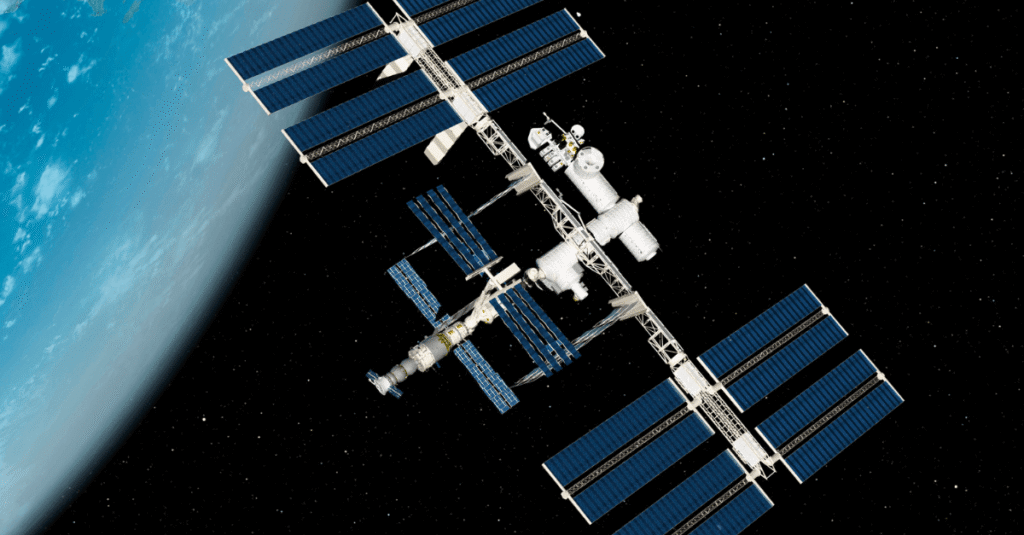
A golden chapter of cooperation in space
The story of the International Space Station (ISS) is not just one of science or technology. It is also a unique example of global collaboration. After the end of the Cold War, the United States and Russia joined hands in space research. They were joined by space agencies from Europe, Japan and Canada. As a result of this joint effort. The first module of the ISS was placed in Earth orbit in 1998.
Since then, its popularity has gradually increased. Today it is a structure as large as a football field, where multiple astronauts can live and research at the same time. The ISS is the permanent address of humans in space. All the research that could not be done in the world has been conducted here. Thousands of experiments have been conducted here on subjects ranging from physics, biology, astronomy to the effects of space on the human body. As a result of this, we have got new understanding about various complex diseases like Alzheimer’s and Parkinson’s disease. Even efforts to grow vegetables such as lettuce and radish in space have been successful. Which is very important for future Mars missions.
When Crisis Knocks at the Door: The ISS is aging
As incredible as it is, the ISS is a machine and like all machines, it has a finite lifespan. Recently, several incidents of cracks, holes and loss of air pressure have come to light, which has raised concerns among experts.
Cracks and holes problem
A number of cracks have appeared in the Russian ‘Zvezda’ module, which has astronauts and engineers at mission control on the ground concerned. Although these cracks are small, even a small hole can pose a serious danger in the extremely hostile environment of space. In the near-zero pressure and extreme temperature variations of space, these small cracks can grow into large ones at any moment.
According to Nick Pope, a former officer of the British government’s UFO (Unidentified Flying Object) project, these cracks are not something to ignore. He warns that NASA’s “wait and see” policy could lead to a major disaster. According to him, the station should be evacuated quickly without risking the lives of the astronauts.
Technical glitches and outdated components
Many of the ISS’s equipment is outdated. Its computer system, solar panels, and other equipment are built on technology that is almost two decades old. Although regular maintenance and replacement of components are carried out, it is impossible to completely overhaul the entire system. This often results in various technical glitches, which astronauts have to do hours of ‘spacewalks’ to resolve. These spacewalks are extremely risky.
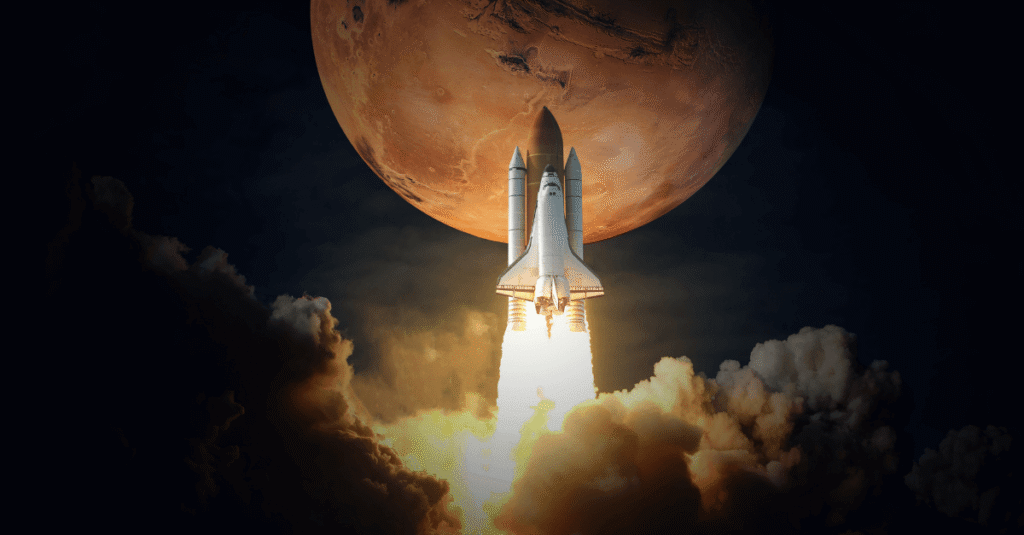
Life and death in the eyes of astronauts
Living on the International Space Station is like a dream for any astronaut. But the path to realizing this dream is not easy. Especially when the habitat itself has weakened under the weight of age.
Astronauts are at risk every moment there. A small accident can mean death. If the air pressure inside the station drops, a fire breaks out or a collision with space debris – their lives can be in danger. This risk has increased further with the recent increase in the number of holes and cracks in the station.
A large part of their daily work is now spent on maintaining the station. Repairing faulty equipment, finding and sealing cracks and monitoring systems—these have now become as important as their research. This situation is also causing psychological stress on the astronauts.
The end of a chapter: why not repair, destroy?
Many people may wonder, why are we thinking of destroying such an important station instead of repairing it? There are several reasons behind this.
First, economic reasons. The cost of operating and maintaining the ISS is huge. It costs billions of dollars every year. NASA and other partner organizations believe that it is more economically profitable to build a new and modern technology station than to keep an old station in operation and repair.
Second, technical limitations. The station was designed in such a way that it is almost impossible to change some of its key parts. Over time, its structure has weakened and it may become more dangerous in the future.
Third, the approach of new horizons. The nature of space research is changing. The current goal is to ensure the presence of humans on the Moon and Mars. The type of technology and research required for this cannot be fully done on the ISS. Therefore, resources and attention are being diverted to a new generation of spacecraft.
Considering all these reasons, it has been decided to retire the ISS in 2031. It will re-enter the Earth’s atmosphere in a controlled manner and its remains will be dumped in a deserted place in the Pacific Ocean called ‘Point Nemo.’ This place is called the graveyard of spacecraft. NASA has contracted with Elon Musk’s company SpaceX to complete this huge task

Irreparable loss of science and the future path
The retirement of the ISS will create a huge void in space research. Experiments that used to be conducted in microgravity or near-zero gravity will be temporarily halted. This will have an impact on important fields such as medicine, physics and climate research.
However, this is not the end. With the retirement of the ISS, a new era of space research is about to begin. This era will be that of commercial space stations.
The rise of commercial space stations
NASA and other space agencies are now encouraging private companies to build their own stations in space. Companies such as Axiom Space, Blue Origin and Nanoracks have already started working on building their own commercial space stations.
These stations will be small, modern and specially designed for specific research. As a result, space research is expected to become more affordable and accessible. NASA will then rent space for its research on these commercial stations. As a result, they will be able to use their resources for distant missions such as the Moon and Mars.
Frequently Asked Questions (FAQs)
Question 1: Is the International Space Station really in a critical state?
Answer: Yes, the International Space Station is currently going through a critical phase. The main reason for this is its age. After more than two decades in space, its structure has become weak, various modules have cracked. And its technical equipment has become outdated. Although it is still operational, it has been decided to retire it in 2031 to avoid the risk of major accidents in the future.
Question 2: Are astronauts’ lives at risk?
Answer: Astronauts’ lives have always been at risk. However, this risk has increased somewhat due to the current state of the ISS. Cracks, loss of air pressure, and old components can cause emergencies at any time. Space agencies do their best to ensure the safety of astronauts, but the risk remains.
Question 3: What will happen to scientific research after the retirement of the ISS?
Answer: The retirement of the ISS will temporarily create a vacuum in microgravity research. However, work is underway to fill this void by building commercial space stations. Companies like Axiom Space could send their first modules by 2025. So, it is hoped that scientific research will not stop for much longer.
Question 4: Why are we destroying the ISS without repairing it?
Answer: The main reasons for this are economic and technological. The cost of repairing and maintaining the station is very high. And it has some fundamental structural weaknesses that cannot be permanently repaired. Building a new generation of commercial stations will be more cost-effective and efficient in the long run.
Question 5: Which countries will lead space exploration after the retirement of the ISS?
Answer: There may be a change in the leadership of space exploration after the retirement of the ISS. The United States will rely more on the commercial sector. On the other hand, China is moving forward with its own space station, ‘Tiangong.’ Russia is also planning to build its own station. India is also emerging as an important force in space exploration. Therefore, the future will be a collective and competitive participation of multiple countries.
Question 6: What is the future of building commercial stations in space?
Answer: The future of building commercial stations in space is very bright. It will make space research more democratic and affordable. It will be possible to conduct research in space not only by large space agencies. But also by small research institutes, universities and even private enterprises. It will also open the door to space tourism.
Conclusion: A New Beginning Through an End
The International Space Station chapter is coming to an end. On the one hand, it is the end of a golden age of space exploration, and on the other. It is the opening of a new horizon. The ISS has taught us how people of different nations and cultures can work together for the benefit of humanity.
Its fall may be a symbolic moment for us. It reminds us that nothing is permanent. But the knowledge and experience it leaves behind will guide us. The research conducted on the ISS will be the basis for our next steps on the Moon and Mars. Therefore, the departure of the International Space Station should not be seen as an end. But rather as the beginning of a new journey for humanity in space. This guardian of our skies may be lost, but its rays of light will illuminate the future path of humanity.

Hi, I’m M Saif, a digital marketer with a strong focus on SEO and content writing. I help businesses improve their online visibility, drive organic traffic, and create engaging content that converts. With a results-driven approach, I work on strategies that not only boost rankings but also deliver real value to audiences.


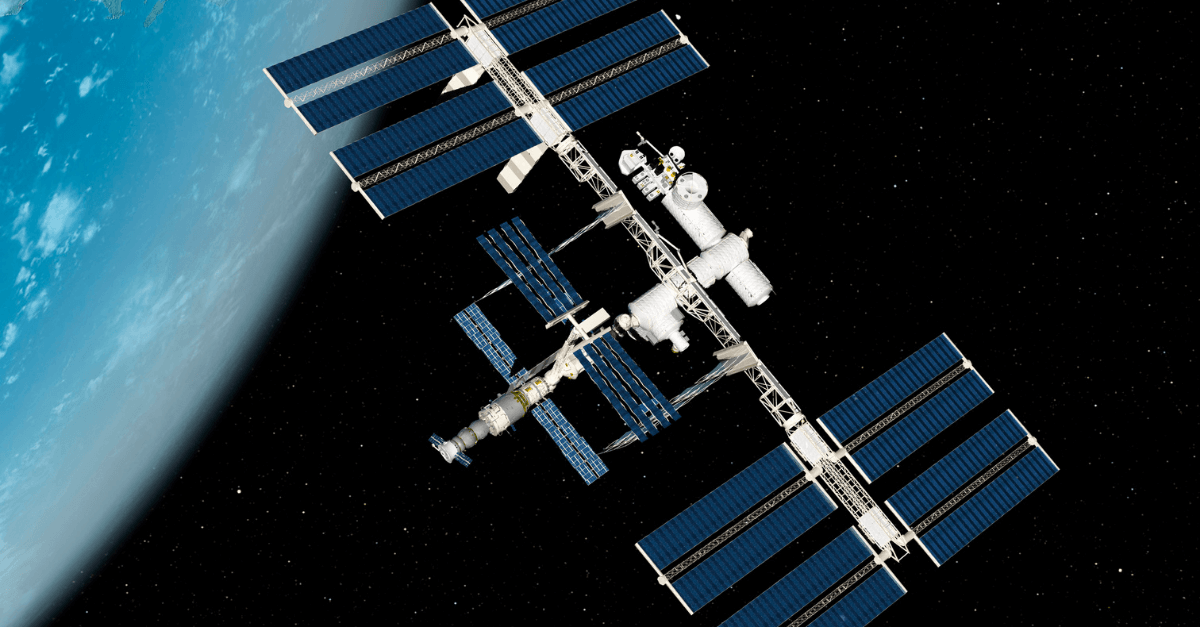






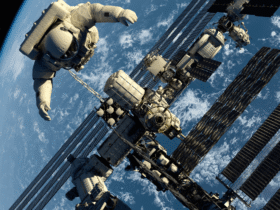
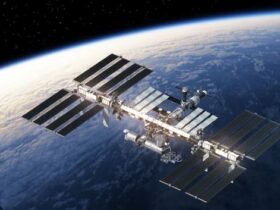

Leave a Reply